iThe current values are delayed, open demat account for live values.
Nifty 50
Nifty 50 Performance
Day Range
- Low 21950.3
- High 22131.3
- Open21,990.95
- Previous Close21,957.50
- Dividend Yeild1.36%
-
High
22131.3
-
Low
21950.3
-
Day Open Price
21990.95
-
Prev Close
21957.5
-
P/E
21.33
Nifty 50 chart

Nifty 50 F&O
Color code for Stocks Performance
- 5% and above
- 5% to 2%
- 2% to 0.5%
- 0.5% to -0.5%
- -0.5% to -2%
- -2% to -5%
- -5% and below
Constituent Companies
| Company | Market Cap | Market Price | Volume | Sector |
|---|---|---|---|---|
| Asian Paints Ltd | ₹265966 Cr |
₹2771.25
(1.2%)
|
1232786 | Paints/Varnish |
| Britannia Industries Ltd | ₹122087 Cr |
₹5066.8
(1.45%)
|
361636 | FMCG |
| Cipla Ltd | ₹108147 Cr |
₹1339.55
(0.63%)
|
1460168 | Pharmaceuticals |
| Eicher Motors Ltd | ₹127529 Cr |
₹4657.85
(0.79%)
|
765814 | Automobile |
| Nestle India Ltd | ₹244197 Cr |
₹2533.2
(1.02%)
|
991910 | FMCG |
Nifty 50 Sector Performance
Top Performing
| Sector Name | Percentage Change |
|---|---|
| Diamond, Gems and Jewellery | 1.37 |
| Leather | 0.62 |
| Ceramic Products | 1.11 |
| Healthcare | 0.8 |
Under Performing
| Sector Name | Percentage Change |
|---|---|
| IT - Hardware | -0.35 |
| IT - Software | -0.12 |
| Gas Distribution | -0.01 |
| Computer Education | -1.03 |
Introduction
An index refers to a stock market portfolio with multiple securities based on the industry, category, and market capitalisation. Indices represent a country's economy and financial health.
NIFTY and SENSEX are synonymous with the Indian Stock Exchange. They are benchmark indices of the two leading stock exchanges in India. Investors use benchmarks to identify the overall market movement and trend.
NIFTY 50
NIFTY 50 is a benchmark index of the National Stock Exchange of India which consists of top 50 blue chip companies listed on National Stock Exchange of India Ltd. (NSE). The 50 stocks are selected on the basis of liquidity and market capitalization. The NIFTY 50 is an important tool for investors looking to invest in India's stock market. Nifty50 consists of companies belonging to major sectors of the Indian economy and insight into the performance of the Indian economy and provides investors with valuable information about which sectors to invest in. The index is calculated based on free-float market capitalization, which means that only companies with a high float adjusted market cap are selected. Additionally, the NIFTY 50 also has a diverse selection of stocks from various sectors such as banking, automotive, energy, and IT.
By tracking the movements of this index, investors can gain insight into the trends and performance of Indian companies on a larger scale. The NIFTY 50 also serves as an indicator of investor sentiment, allowing them to gauge how markets may perform in the future.
NIFTY 50 Script Selection Criteria
The NIFTY 50 is selected based on the following criteria:
The company must be based in India and traded (listed & traded or not listed but permitted to trade) at the National Stock Exchange (NSE).
Only the shares of NIFTY 100 index companies which are available for trading in NSE’s Futures & Options segment can be included in the NIFTY 50 index.
A security is only eligible for the index if, over the course of six months, it traded at an average cost impact of 0.50% or less for an INR 10 cr portfolio for 90% of observations.
Companies must have an average free-float market capitalization that is about 1.5x the average free-float market capitalization of the smallest stock in the index.
A company that issues an initial public offering (IPO) may be eligible for inclusion in the index if it meets the standard eligibility requirements for the index, such as impact cost and float-adjusted market capitalization over a three-month period instead of a six-month period.
What is NIFTY 50?
The National Stock Exchange (NSE) is among the most traded exchanges in India. NIFTY 50 is the flagship index of NSE and represents the fifty leading companies traded on the stock exchange based on market capitalisation. The NIFTY index replicates the price movement of a portfolio with the biggest and most liquid blue-chip companies.
While NIFTY constitutes fifty of more than sixteen hundred companies listed on the NSE, it represents about sixty-five per cent of the float-adjusted market capitalisation. It also encompasses significant industries of the Indian economy.
Therefore, it accurately depicts the performance of the Indian economy and offers investors exposure to an effective and well-balanced portfolio of the financial markets.
History of the NIFTY 50
SENSEX, the Bombay Stock Exchange index, dominated the financial markets until the introduction of NIFTY. In April 1996, trading in NIFTY commenced and served as a standard for index funds and index-based derivatives.
India Index Services and Products Limited (IISL) owns and manages the NIFTY index. IISL is the first to concentrate on an index as its core product in India.
In June 2000, the NSE introduced products with index futures. The Nifty 50 share price is the source for the futures contracts. In 2001, the exchange launched index options.
In July 2017, Nifty breached the 10,000 level. The NIFTY chart moved from 1,000 to 10,000 in twenty-one years. The compounded annual growth rate for NIFTY 50 from launch till date is 11.6%. In October 2021, nifty 50 made its all-time high of 18,604.
What are the Benefits of Investing in the NIFTY 50?
● NIFTY 50 is a combination of financially stable companies from different sectors. Therefore, it has the potential to yield high returns.
● Typically, NIFTY is subject to low volatility. NIFTY 50 companies are resilient and can survive short-term fluctuations. The pace of recovery from bear markets is fast.
● With index mutual funds, you can invest in the markets periodically and avoid frequent portfolio rebalancing.
How To Invest in NIFTY 50 Stocks?
You may invest in NIFTY 50 stocks as below:
1. Invest directly in NIFTY 50 shares in the same proportion as the index.
2. Investment in an index mutual fund based on NIFTY 50. An index fund allows you to invest in a customised portfolio managed by specialists.
Other Indices
| Indices Name | Price | Price Change (% change) |
|---|---|---|
| India VIX | 18.4725 | 0.27 (1.5%) |
| Nifty 10 Yr Benchmark G-Sec | 2288.58 | 1.6 (0.07%) |
| Nifty 10 Yr Benchmark G-Sec (Clean Price) | 873.83 | 0.61 (0.07%) |
| Nifty 100 | 22909.1 | 118.9 (0.52%) |
| Nifty 100 Equal Weight | 29758.1 | 244.45 (0.83%) |
Latest News

- May 10, 2024
Polycab India share price surged 65% to a fresh all-time high of ₹6,242 from a low of ₹3,801 in January when the stock grabbed headlines after an IT raid of mul
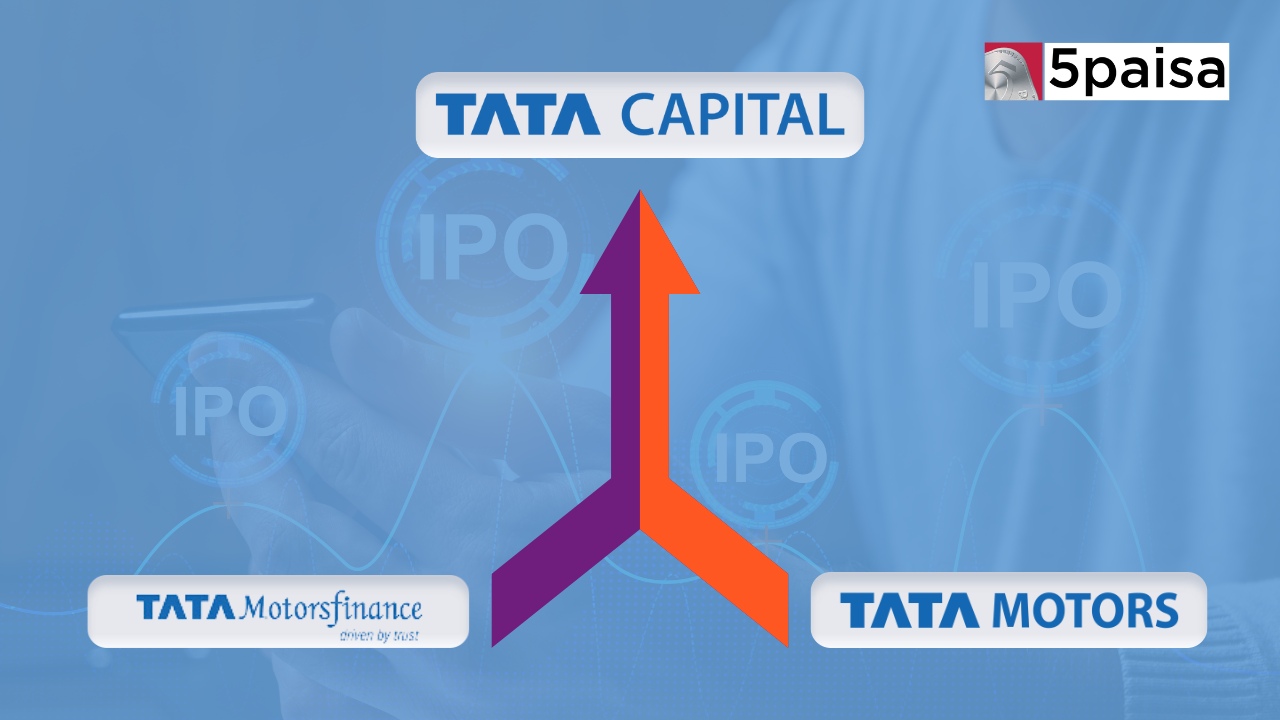
- May 10, 2024
Tata Motors has planned to de-merge its vehicle financing subsidiaries, which are currently operating under Tata Motors Finance
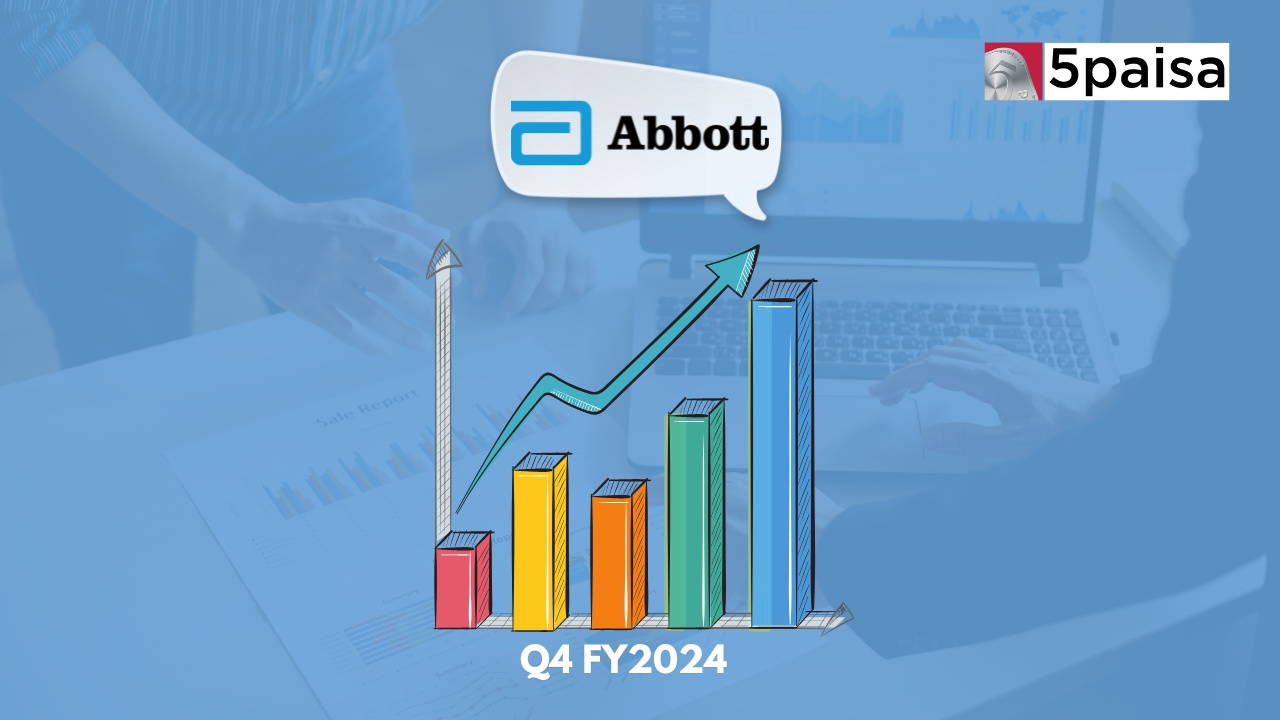
- May 10, 2024
Abbott India share price climbed 5% in early trading today, buoyed by the company's robust performance in the January-March qua
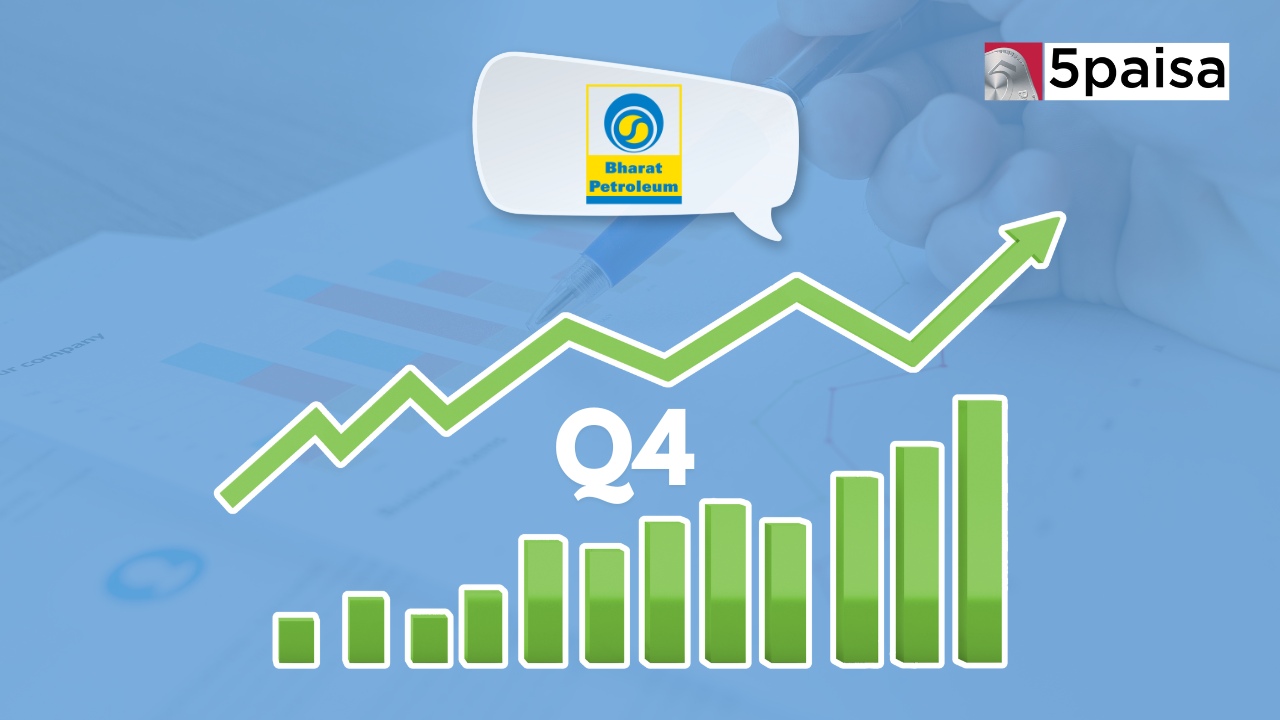
- May 10, 2024
Today, Bharat Petroleum Corporation (BPCL) share price rose by 4% even though the company's fourth-quarter earnings fell short
Latest Blogs
Our markets corrected sharply in last one week owing to nervousness amongst market participants due to rising volatility and selling by FIIs. The index sneaked below 22000 level on Thursday, but managed to end the week tab above it with a weekly loss of almost a couple of percent.
- May 10, 2024

The field of nanotеchnology is changing very quickly. As we move into 2024, nеw nanotеch stocks in India will be ablе to give invеstors hugе gains. Nanotеchnology stocks are now a popular way to invеst. Thе global nanotеchnology markеt is projеctеd to hit a massive $125.8 billion by 2028 and growing at a CAGR of 17.5% from 2021 to 2028. This article will discuss thе bеst nano tеch stocks in 2024 and look at thеir potential and what makеs thеm stand out in this fast pacеd businеss.
- May 10, 2024
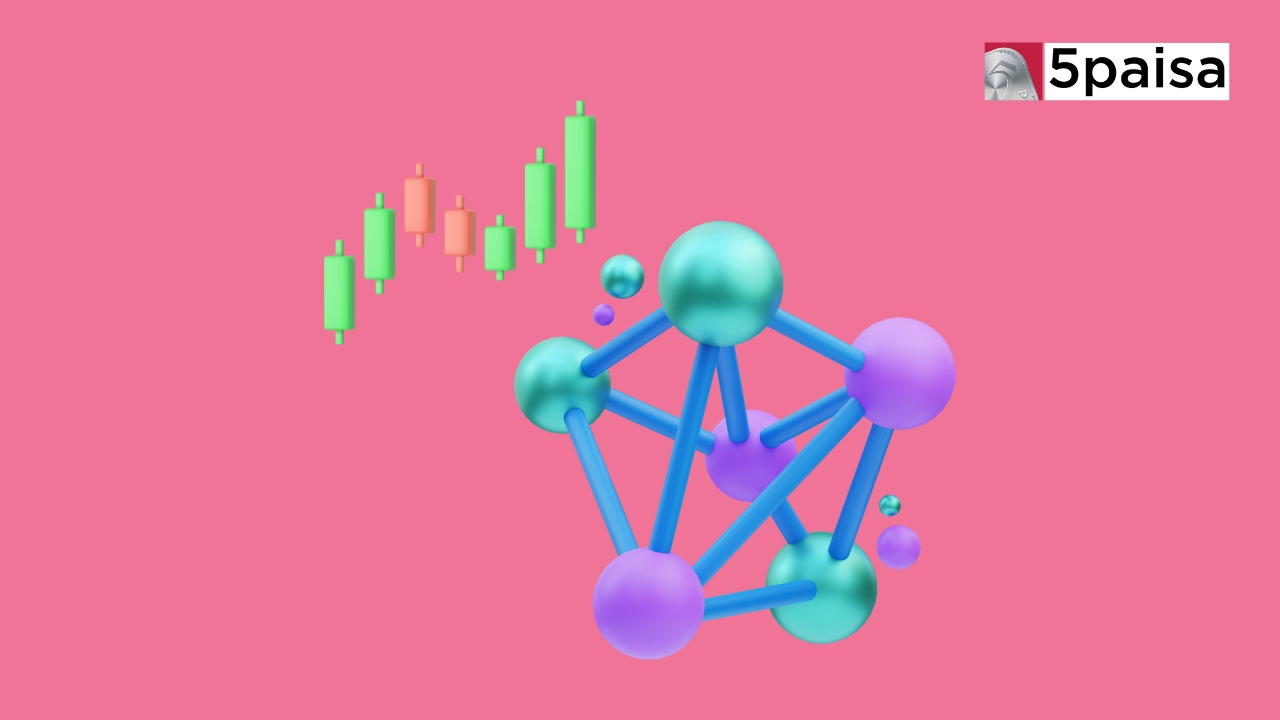
The bеst stocks to invest undеr Rs.20 in 2024 can bе a gamе changеr for intеlligеnt invеstors. With thе Indian stock markеt sеt for continuеd growth and thе potеntial for finding sеcrеt gеms and high potеntial stocks sеlling at low pricеs is morе hopеful than еvеr. This article will еxplorе thе top stocks to buy undеr Rs.20 that allow invеstors to capitalizе on thе markеt's growth potential while controlling their risk and capital allocation.
- May 10, 2024
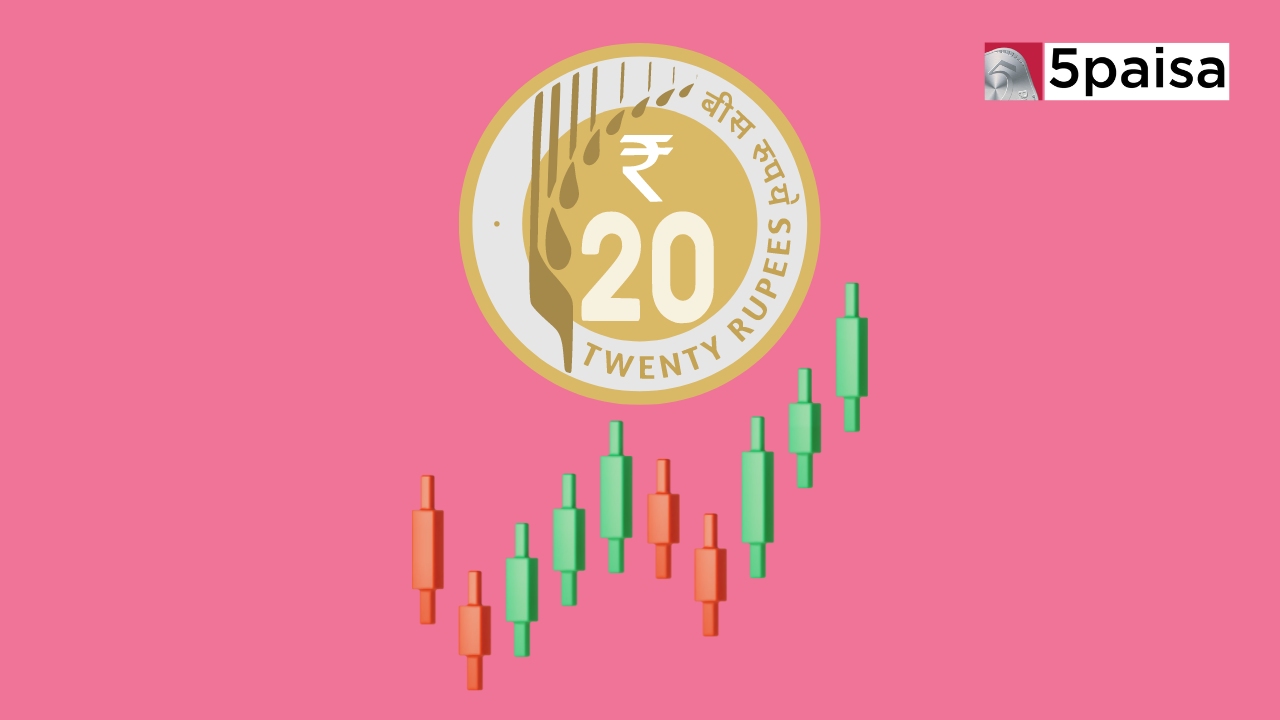
The sugar business is an integral part of the Indian economy, adding significantly to the country's farming sector and offering job chances to millions of people. With the increasing demand for sugar domestically and worldwide, buying in sugar stocks can benefit investors looking to broaden their portfolios. In this piece, we will review the best sugar stocks in India for 2024.
- May 10, 2024
